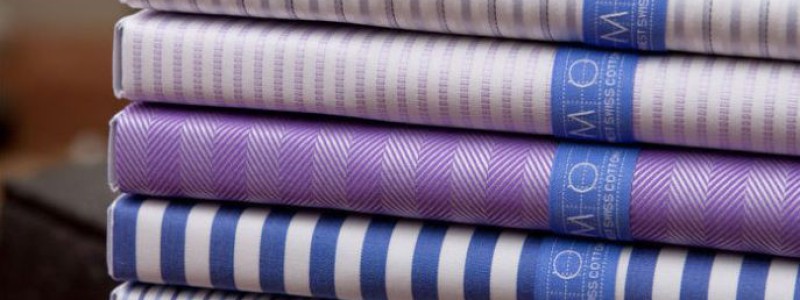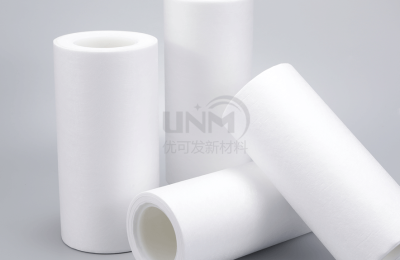
What application scenarios are tissue culture sealing films suitable for?
Tissue culture sealing film is a culture material commonly used in biological laboratories. It has good performance and chemical stability and can be used for Various types of cell…
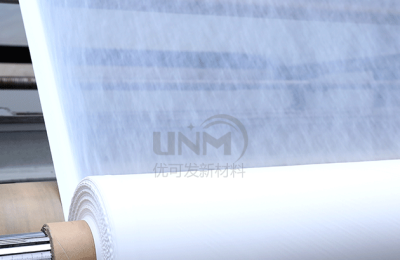
What are the methods of making holes in polytetrafluoroethylene films?
PTFE film is a material with excellent mechanical properties, chemical stability and high temperature resistance. During the preparation process, a pore structure can be formed thr…
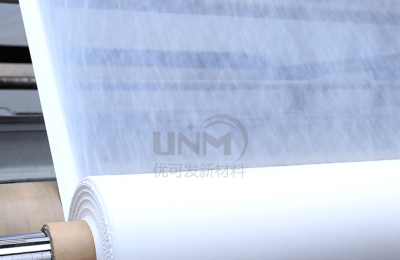
Why does the air filter element use polytetrafluoroethylene film?
Air filter is an indispensable device in modern life. It can effectively remove dust, bacteria, viruses and other harmful substances in the air. It is used in homes and hospitals. …
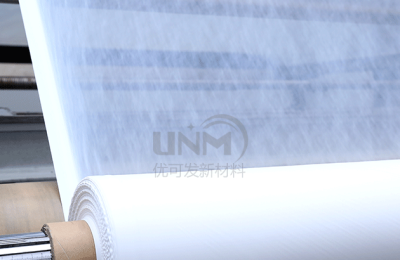
How is PTFE sterile filtration breathable membrane produced?
PTFE sterile filtration breathable membrane is a material with a microporous structure that allows gas to penetrate and prevents liquids and microorganisms from penetrating. It is …
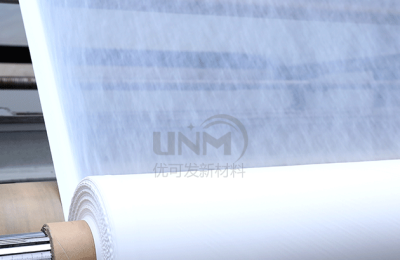
What parameters should be paid attention to when choosing PTFE sterile filtration breathable membrane?
PTFE sterile filtration breathable membrane is a material with a microporous structure that allows gas to penetrate and prevents liquids and microorganisms from penetrating. Its pe…
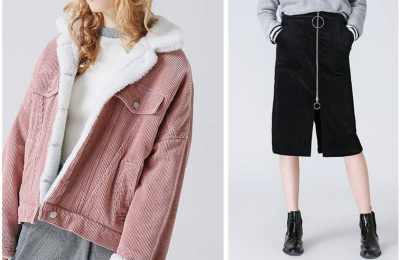
What is corduroy? What are the advantages and disadvantages of corduroy fabric?
Corduroy is also called striped cloth. By cutting and raising the weft on the cloth surface, strips of lines like wicks are formed. Corduroy also gets its name. . Corduroy is usual…
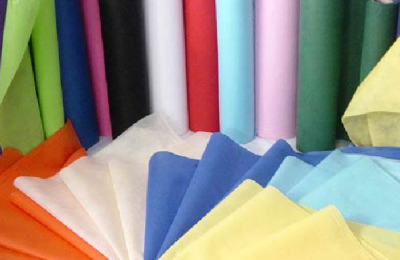
What are the advantages of medical non-woven fabrics?
Medical non-woven fabric is a kind of non-woven fabric. It is a fabric formed without spinning gauze. Short fibers or long fibers can be oriented or randomly arranged. It is then r…
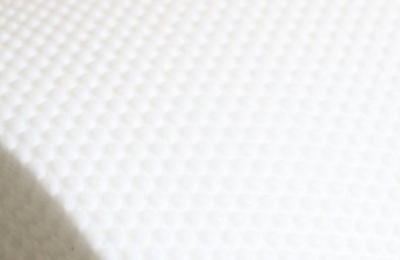
What are the characteristics of hydrophilic non-woven fabrics?
Not many people may know that hydrophilic non-woven fabric is an environmentally friendly textile fabric, because hydrophilic non-woven fabric has strong liquid adsorption capacity…
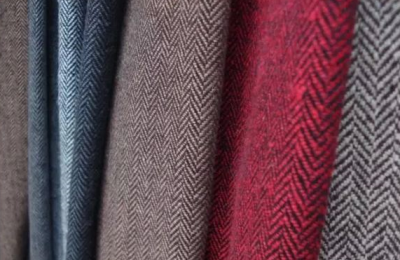
What are the advantages of blended fabrics?
Blended fabrics refer to two or more fabrics blended and woven. Common blended types include cotton and wool blends, polyester-cotton blends, cotton and linen blends, and chemical …
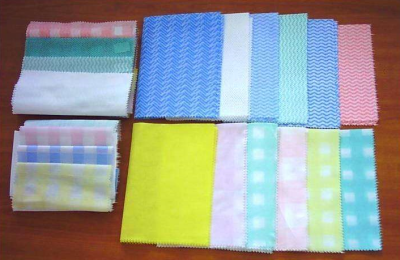
What are the advantages, disadvantages and uses of spunlaced non-woven fabrics?
Spunlaced non-woven fabric uses the “jet-spraying” process to make loose fiber webs entangled with each other to form a strong network structure. The physical propertie…

